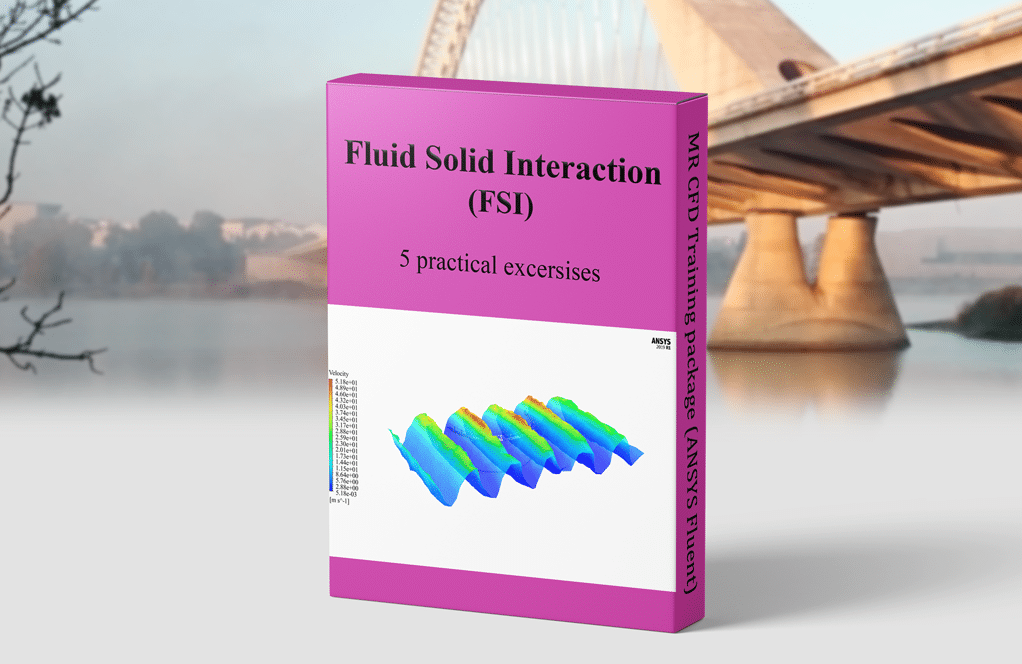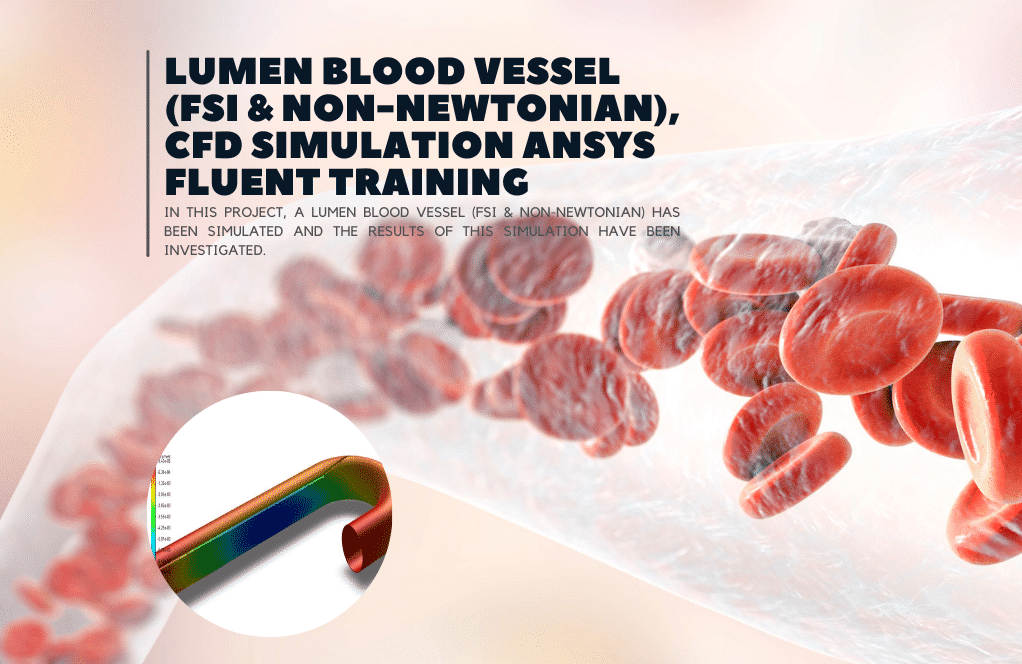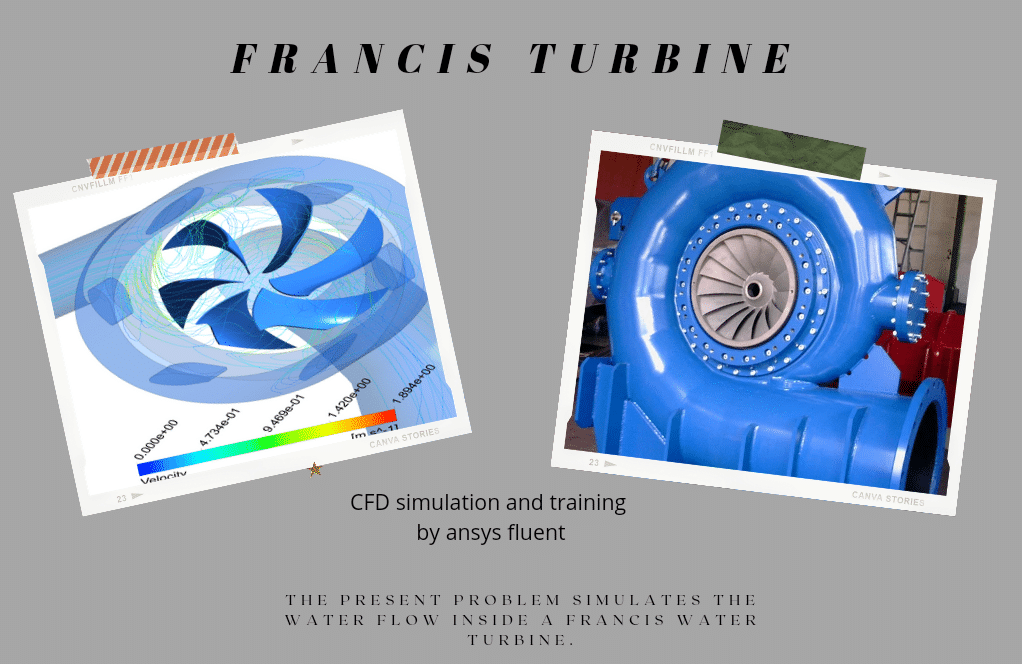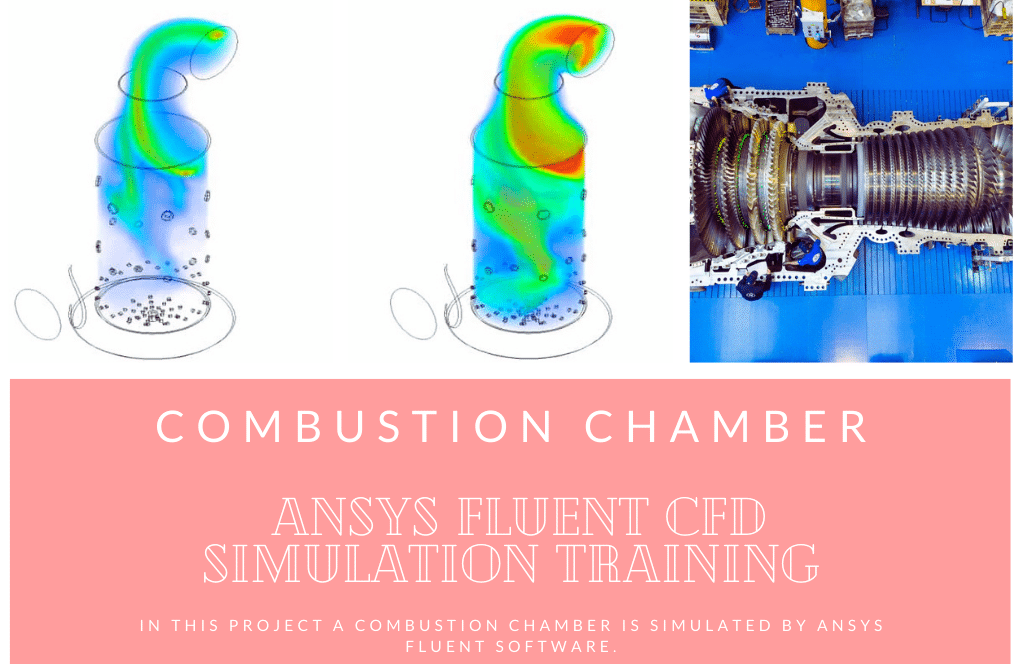FSI (Vibration) Training Package, ANSYS Fluent, 5 Learning Products
Original price was: $1,230.00.$299.00Current price is: $299.00. Student Discount
This CFD training package is prepared for BEGINNER, INTERMEDIATE, and ADVANCED users of ANSYS Fluent software who are interested in the FSI modules, including 5 practical exercises.
Click on Add To Cart and obtain the Geometry file, Mesh file, and a Comprehensive ANSYS Fluent Training Video.To Order Your Project or benefit from a CFD consultation, contact our experts via email ([email protected]), online support tab, or WhatsApp at +44 7443 197273.
There are some Free Products to check our service quality.
If you want the training video in another language instead of English, ask it via [email protected] after you buy the product.
Description
Fluid Solid Interaction (FSI) ANSYS Fluent CFD Simulation Training Package, 5 Practical Exercises
This CFD training package is prepared for BEGINNER, INTERMEDIATE, and ADVANCED users of ANSYS Fluent software who are interested in the FSI modules, including 5 practical exercises. You will learn and obtain comprehensive training on how to simulate projects. The achieved knowledge will enable you to choose the most appropriate modeling approaches and methods for applications and CFD simulations.
Watery equipment
Project number 1 investigates the water flow around a vertical water turbine considering unsteady CFD simulation. In the present case, it is assumed that the turbine blades are affected by the flow of the passing fluid; that is, the fluid flowing through the turbine blades impedes forces on the turbine body, and these forces cause deformation or resizing of the body of these blades. Therefore, the present problem consists of two fluid and solid solutions at the same time, and hence, the FSI method and the coupling between the fluid flow and the Transient Structural are used.
Project number 2 simulates a spherical ball’s behavior in water flow using the FSI method in the last watery equipment. We perform this simulation using FSI (fluid-solid interaction) method. In this simulation, a computational domain is designed in the form of a horizontal tube filled with water flow; So that a solid or spherical object in the shape of a ball is immersed in it.
Aerial Equipment
Project number 3 simulates the airflow around an Airfoil using the Fluid Solid Interaction (FSI) method. Due to the fact that this airfoil is moving in the air at a considerable speed, the airflow collides with its body and exerts a force on it. As a result, we can say that a two-way confrontation occurs between the fluid and the solid. The UDF was used to determine the variable velocity and the variable attack angle. Finally, to make a connection or coupling between fluid and solid and to define their effect on each other, data transfer must be specified.
Blood Vessel (FSI)
In project number 4, a blood vessel with its wall has been simulated. Also, the wall displacement is considered. For the inlet boundary condition, We have defined the pulse velocity using UDF, and for the outlet, the pulse output pressure is defined using UDF. With some differences, in project number 5, the same simulation is performed considering the pulse velocity using UDF for the input and the output in atmospheric pressure.









Nigel Roob –
I’m new to FSI simulations. Does this package provide any practical exercises for beginners?
MR CFD Support –
Absolutely. The package includes 5 practical exercises that are designed to help beginners understand and apply the concepts of FSI simulations.
Brittany Lind –
Can the FSI ANSYS Fluent Training Package simulate both rigid and flexible body interactions?
MR CFD Support –
Yes, the FSI ANSYS Fluent Training Package is capable of simulating interactions involving both rigid and flexible bodies, providing comprehensive coverage of various FSI scenarios.
Ida Lebsack –
I’m working on a project involving FSI in microfluidic systems. Can this package accommodate that?
MR CFD Support –
Definitely. Our package is designed to handle a wide range of applications, including FSI in microfluidic systems. We are also open to contributions and can customize the simulations to suit your project requirements.
Devin Vandervort –
How often is the package updated to include the latest advancements in FSI simulations?
MR CFD Support –
We regularly update our package to incorporate the latest advancements in the field of FSI simulations.